Exploring HEMA in China: My Teaching Journey Across the Middle Kingdom
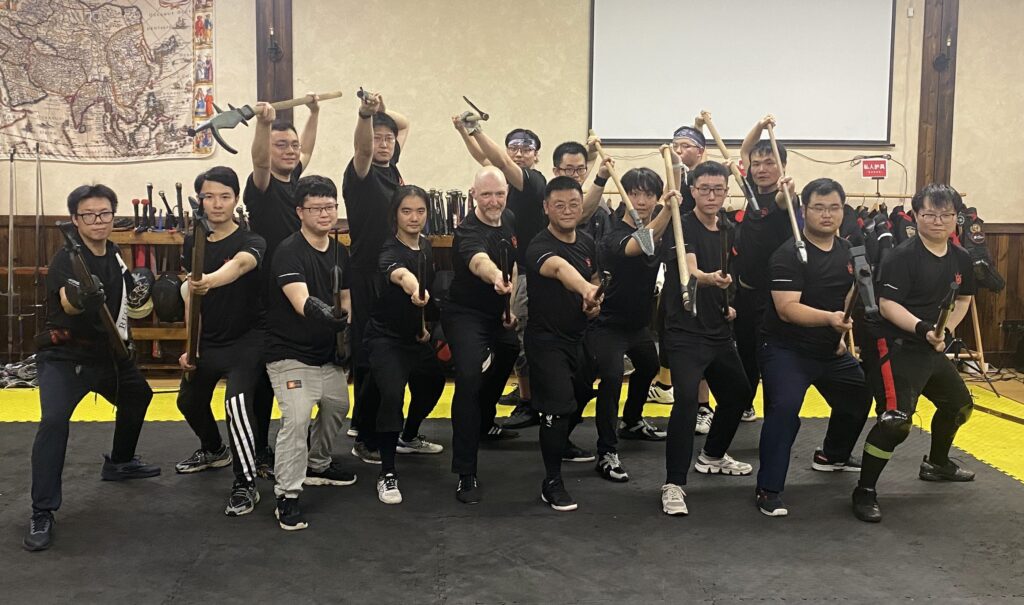
I’ve just returned from a month working with students and instructors across the middle kingdom in Fuzhou, Nanjing, Chongqing, and Beijing. China is one of the fastest-growing hotbeds of European Martial Arts in the world. In this post I’m excited to share some of the highlights from my trip both as a tourist in these amazing places and as a teacher at some of China’s burgeoning HEMA clubs.
My First Time in China
About a year ago, one of my Chinese students in Vancouver, William, approached me with an exciting plan: a tour across various cities in China to connect with the many HEMA groups that had sprouted up there over the past several years.
I was excited and intrigued at the prospect. Sihong Fu, a Duello student and instructor, had been teaching seminars in China for the past couple of years. I was excited to see the fruits of his labour and meet many of the Duello satellites that had cropped up there, along with the many other schools, teachers, and practitioners focusing on European martial arts of all sorts.
The plan was set, and a series of seminars were organized across Eastern China to teach rapier, longsword, polearms, grappling, and more. One hitch: I didn’t speak a word of Mandarin.
A Team Effort
William Li deserves a ton of credit for coordinating all the teachers, venues, hotels, and methods of transport that were brought together to make this trip possible. William was my translator and guide throughout my entire stay, in both the classroom and the street. I ate well, got to see so many beautiful places, and, through his facilitation, connected with many enthusiastic and welcoming teachers and students. Beyond these roles William also assisted me in my teaching as a translator, demonstrator, and assistant coach.
Thanks William for being such a great partner and assistant instructor on this journey!

The Itinerary
The plan was to fly through Hong Kong into Fuzhou, spend a couple of days getting over jet lag, and then start teaching private sessions and seminars, working weekend by weekend through China from Fuzhou to Nanjing, to Chongqing, and finally to Beijing, China’s capital. The trip began on April 28th with our departure from Vancouver and concluded with our return on the night of May 21st.
Fuzhou – Club: Fujian Wubing

The first stop on my trip was Fuzhou in south eastern China. Fuzhou is tropical and humid with every street lined with banyan trees. The streets are bustling with cars, scooters, and pedestrians zigging and zagging across every intersection. It was a big cultural shift to acclimate to the environment, the change of language, and the level of sheer busyness. It was ironic that it was the most crazy place of my whole trip, in terms of traffic, while being the smallest of the cities I would visit. Throughout my trip everyone constantly shared with me that Fuzhou felt different because it was “so small”. It has a population of 6 million!

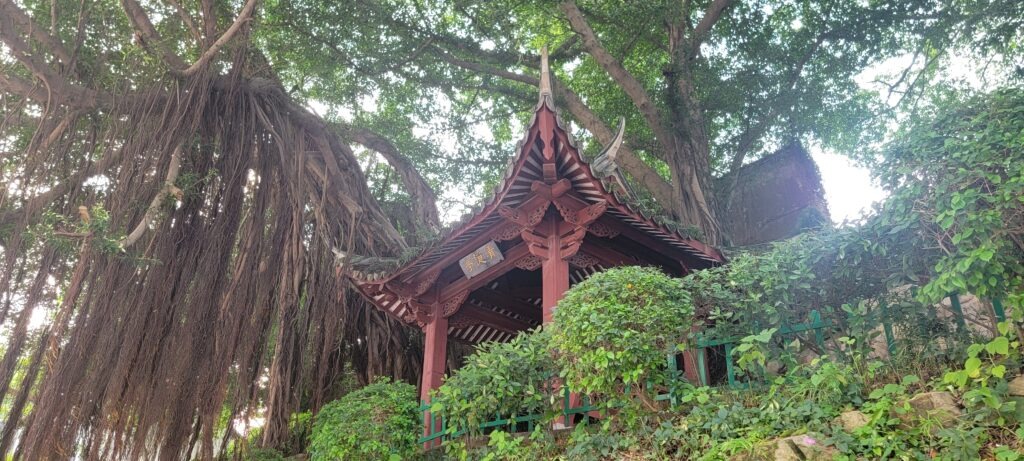
Rapier Focus
Though I spent some time doing private sessions on longsword, the main focus of my seminars in Fuzhou was rapier. Students from throughout the Southeast and from as far away as Hong Kong joined in for workshops on the foundational skills of Italian rapier and for an advanced workshop on combat tactics. We also hosted an examination for the Academie Duello apprentice level in Longsword and Rapier for those who had already been studying our systems. I’m proud to announce that we have 8 new longsword and rapier Apprentices (level 1: green cord) in China!
There was a really interesting mix of competitive and broader art-focused students in Fuzhou. Some wanted to get into the fine mechanics of what made the quickest footwork or most powerful lunge where others were interested in how the systems of rapier and longsword intersect and further connect to Italian culture and history. I particularly enjoyed working with one of the students who was also a boxing coach and was seeking ways to bring his tactical ideas from that environment into rapier.
Thank you to my hosts Shao Jie and Pi Xiu and the skill and attentiveness of their students. Both teachers are doing a great job of bringing together the testing of the competitive environment with a richer exploration of a complete art.
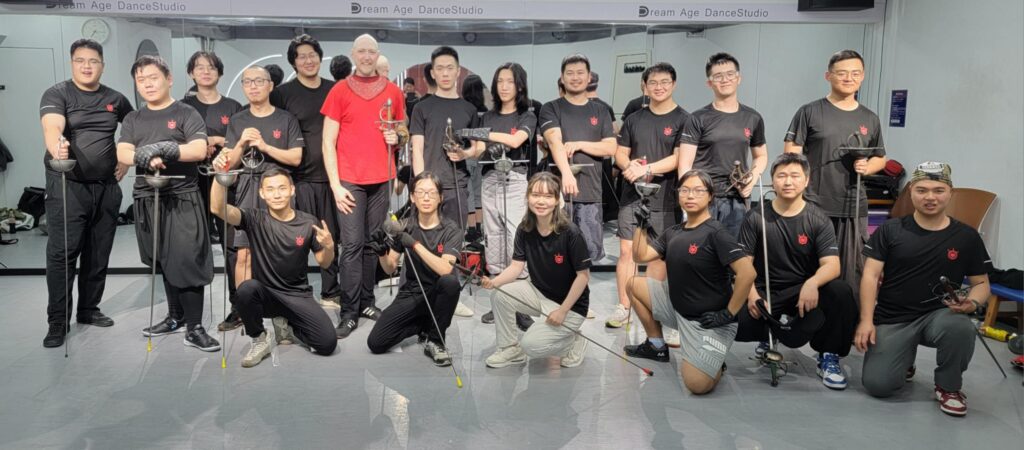
Nanjing – Club: Nanjing Jingyu Jianxiuhui
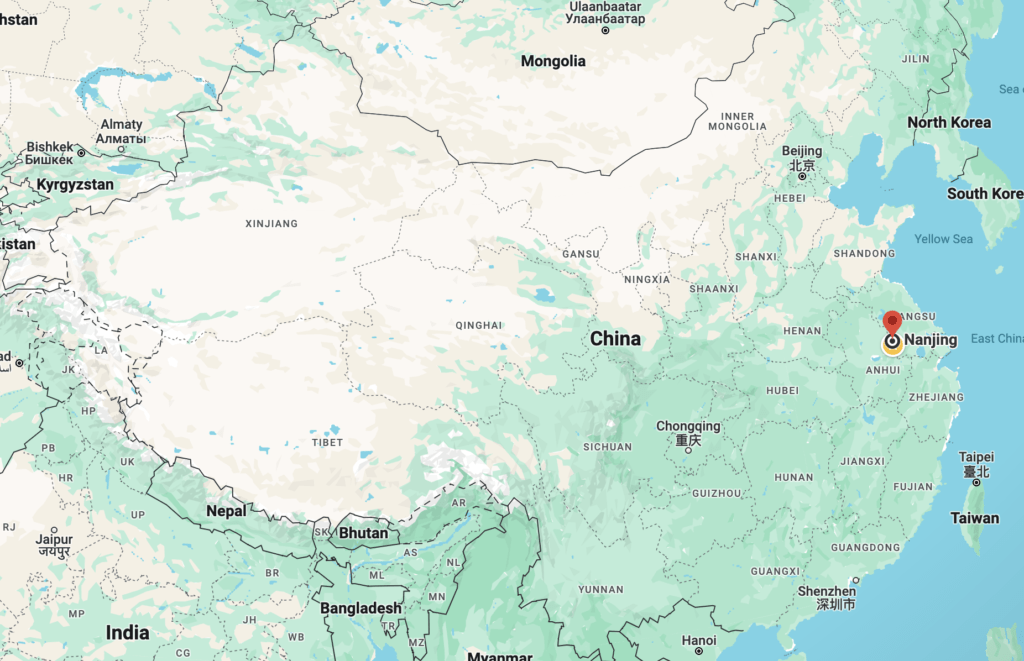
After a successful seminar in Fuzhou we headed by train to Nanjing, a city steeped in history. There we met up with Sven and his group from the Jingyu club for two days of seminars. Nanjing is prominent city in Chinese culture having served as the capital for many different dynasties. It is one of many mega-cities in China with a population of around 10 million and a land area of 2500 square miles.
This was one of the most beautiful stops on my trip with canals in the central city that reminded me of a Chinese Venice. The streets were packed with thousands of tourists from around China all visiting the city for Golden Week, a 5-day Chinese holiday. Bridges and buildings were adorned with spectacular lanterns and boats full of sightseers and commuters raced up and down the waterways.
The city was also surrounded by several mountain parks that were full of history and spectacle. William and I hiked our way to the top of the Purple Mountain after our weekend events and looked down on the city through clouds and smog.
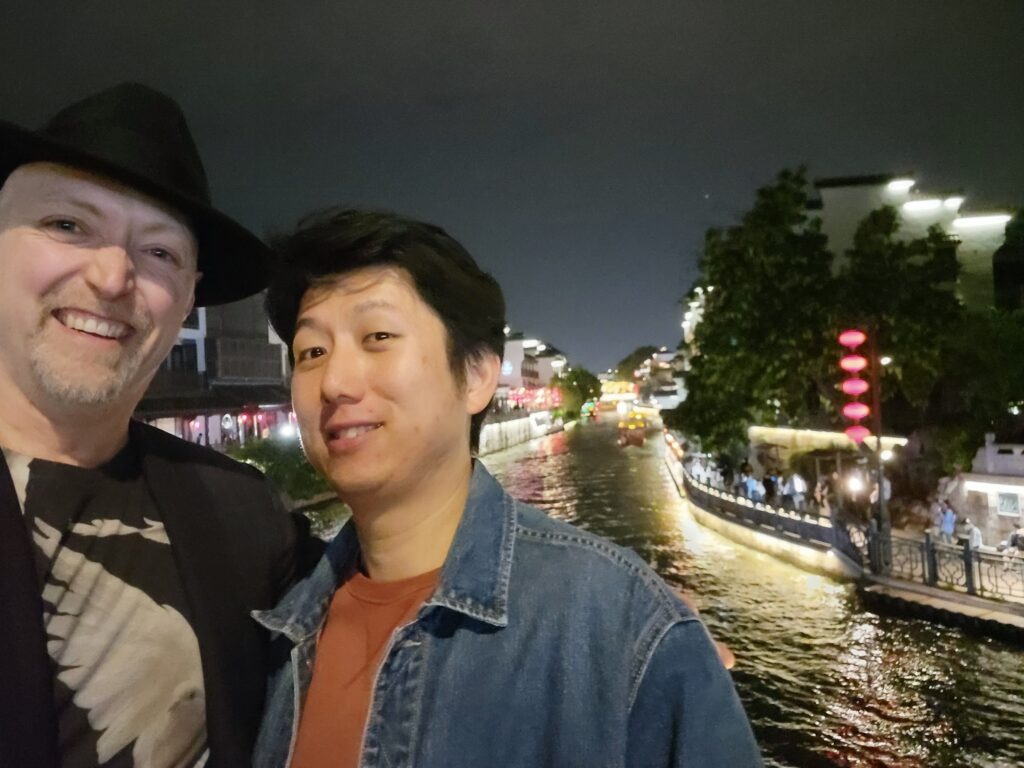

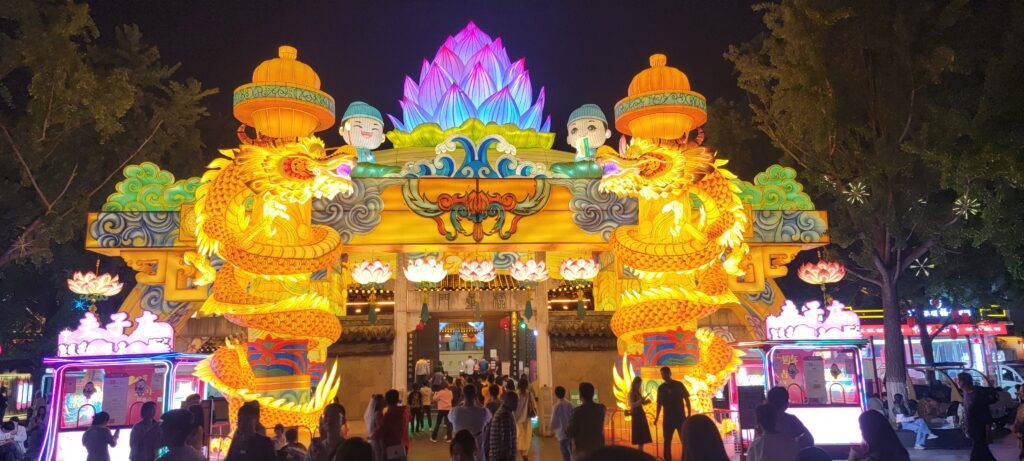

Longsword and Rapier
The Jingyu club has a beautiful space that they share with a Kendo school and fitness centre. European swords lined the walls alongside Kendo armour and shinai. I taught two full-day workshops on foundational longsword and rapier. The group was inquisitive and keen. We explored body mechanics, tactical control, and the strategy of sizing up and defeating opponents with both weapons.
It is an interesting challenge to work in another language through translators and the limited shared language between me and the students. I appreciated everyone’s patience as we worked our way through theory and mechanics with a mix of visual demonstration, translation, and hands-on connection. There were many moments where my instruction would go through a series of interpreters in a game of telephone. I would share a point with William who would discuss the translation in Chinese with Sven or Han who would then in turn provide a final translation to the students.
This group was particularly interested in comparing the approach of Italian longsword with the German system they were already studying. I enjoyed my time both talking and fencing with Sven as he explored new ways of controlling the centre and my focus on strong centreline guards versus positions that are framed outside of the body as is often done in German longsword.
Rapier was new to many of the students in this group and they took to it super well. Han, one of the more senior practitioners who travelled from a nearby city, had already been studying Italian rapier with M. Kevin Murakoshi (a colleague from North America). He was a pleasure to fence with and a tremendously helpful resource in the class as an additional interpreter and coach. I put him and Sven to work along with William as assistants to both deepen their understanding of what I was sharing and give students more hands-on time with each technique.
Thanks Sven for being such a generous host, I look forward to visiting you again soon.
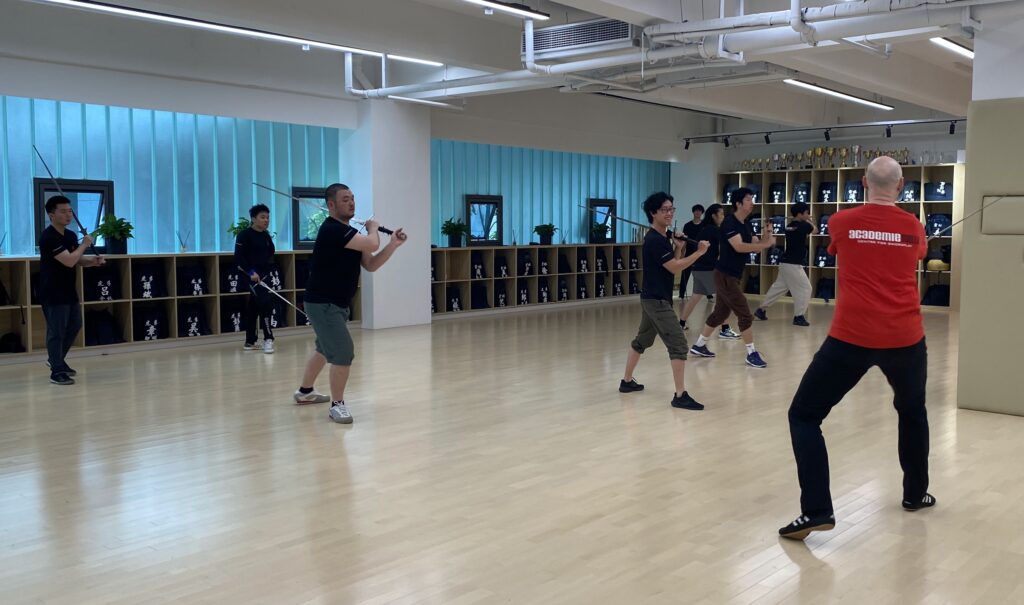
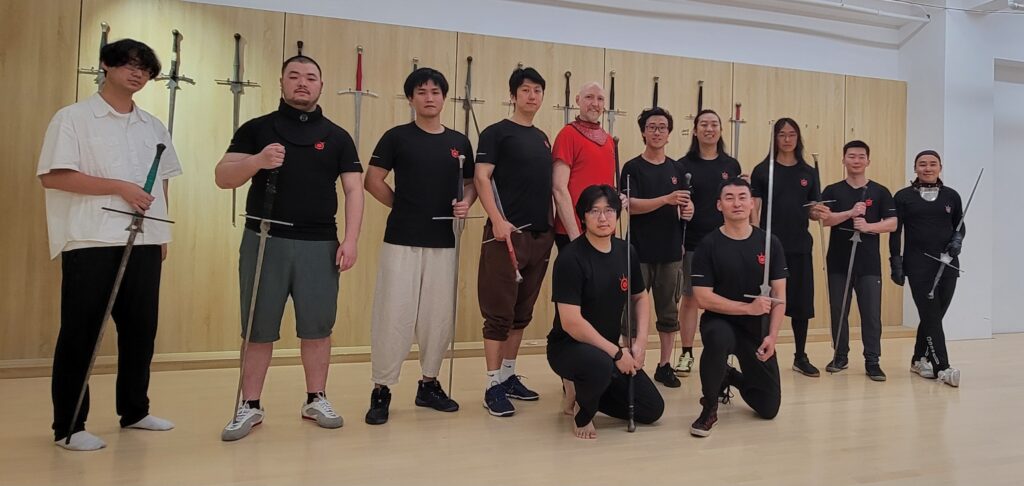
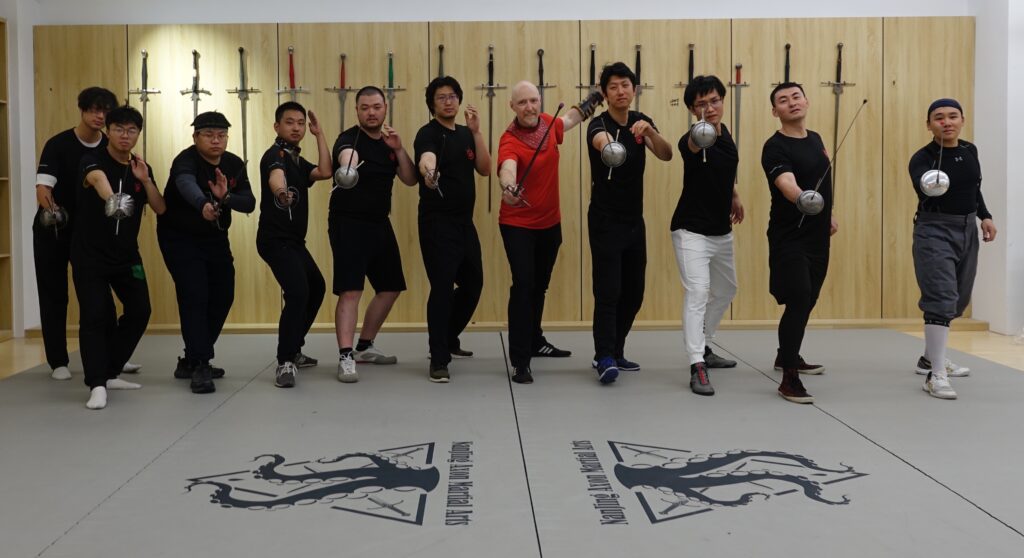
Chongqing – Club: Chongqing Chuidun
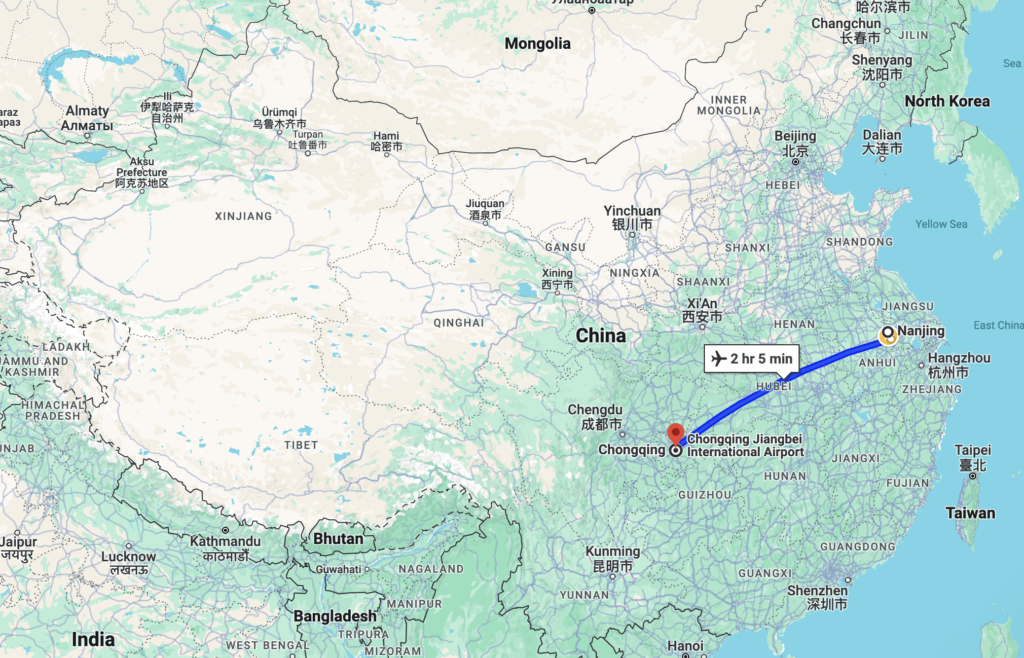
After a week in Nanjing we flew into Chongqing the world’s largest city by landmass and population (depending on how you measure it). Covering an area the size of Austria and with a population of over ~33 million people, it was humbling in scale.
Chongqing was a surprisingly inviting city with many things to see and do, not just hotpot (which it is famous for). Outside of my teaching time I got to see the cliffside city structure of Hongyadong, the ancient town of Ciqikou, and the imposing modern skyscraper Raffles City. My host Tiao Zong (aka Racks) took me and William out for hotpot at the world’s largest hotpot restaurant (5871 seats) and we actually had to wait to get seated it was so packed.



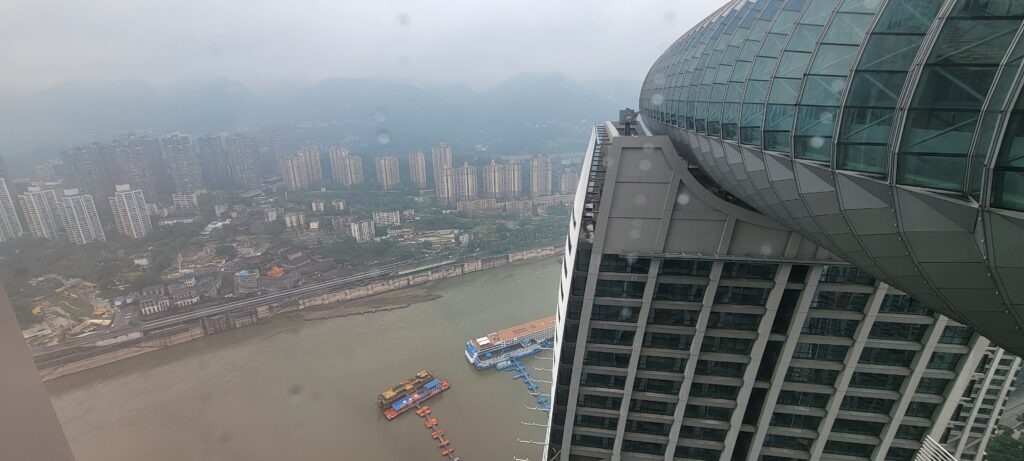
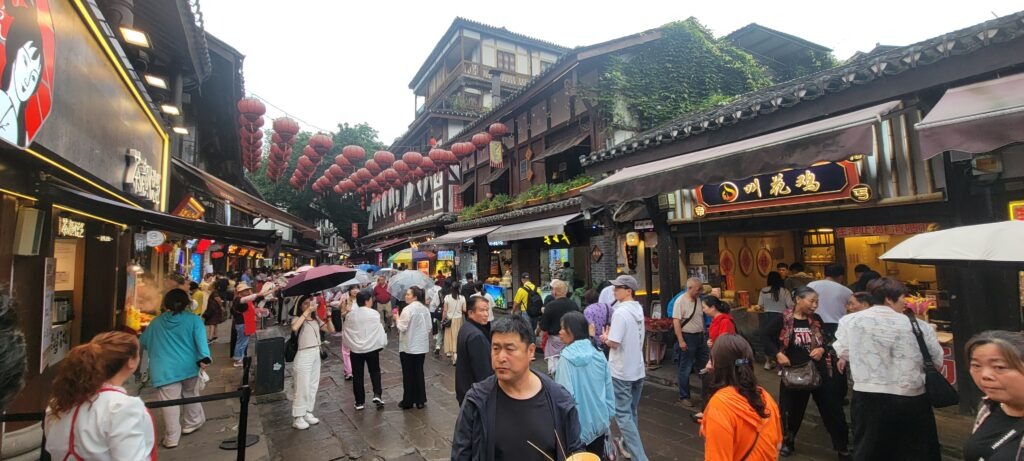
Polearms and Armoured Combat
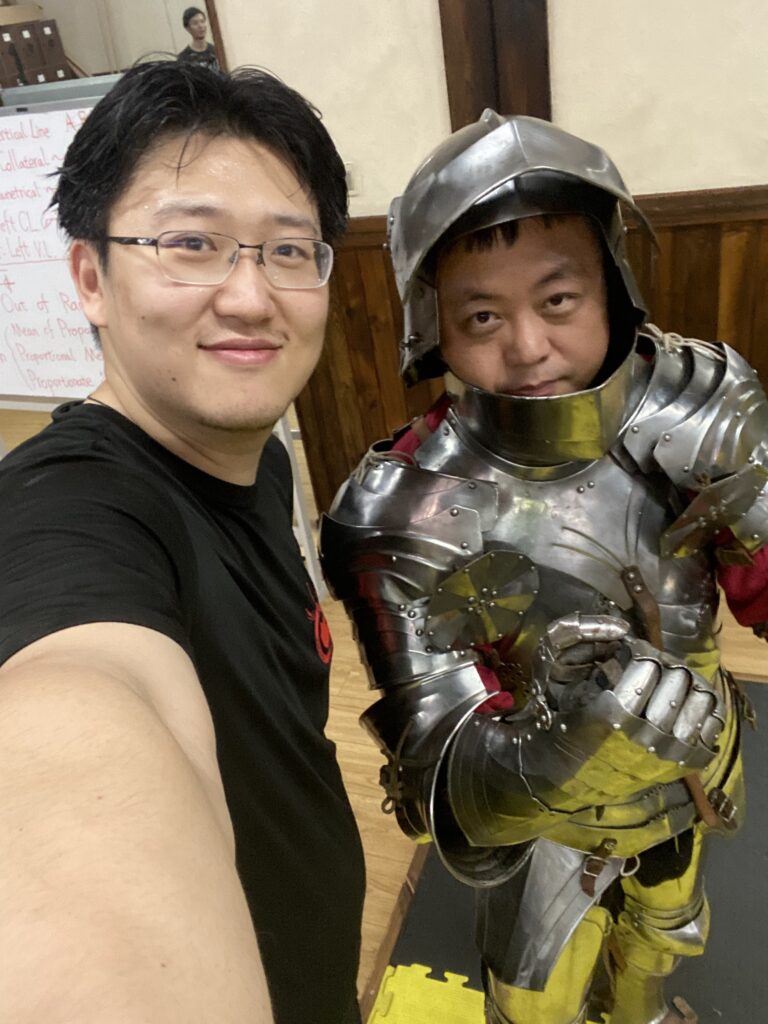
Chongqing Chuidun is an eclectic and expansive group. They have a beautiful club in the sub-basement of one of Chongqing’s bustling underground malls. After traversing a set of stairs and a long corridor you enter through a set of glass doors into a medieval training hall with chandeliers, wooden clad walls, and weapons and armour galore.
There were many things that reminded me of Academie Duello here: A very welcoming community, a focus on the breadth of European martial arts and disciplines, and a desire to create a sustainable and thriving school.
My workshop here focused on grappling, dagger, spear, and poleaxe, all with a focus on how rank and file soldiers might take on armoured knights. Racks got into armour at one point so I could demonstrate how to pierce weak points and throw him to the ground a number of times. Everyone here was super excited about dagger and we spent a good hour working through a series of disarms we worked into a flow exercise.
At the end of the workshop I invited students to put together combative plays that combined the skills of spear, poleaxe, and dagger that we had practiced throughout the day. I was impressed with how much students absorbed and how they integrated long distance and close distance actions, and how well they flowed between thrusting, striking, and grappling.
Racks’ interdisciplinary approach with his school has created a group of students who move beautifully and transition well between different types of weapons and different modes of combat.
After our day at armoured combat I spent time with a smaller group from a neighbouring city to dive more deeply in the art of the sidesword and buckler. I was impressed with what Yuhao Deng had learned from his distance study of Duello’s material. He felt like a proper Italian fencer with a strong awareness of control and timing. He was even able to quickly learn and implement sequences with the sidesword and then help me with an online class I delivered from the school.
I had a great time in Chongqing and I look forward to more time working with their students and exploring this incredible part of China.

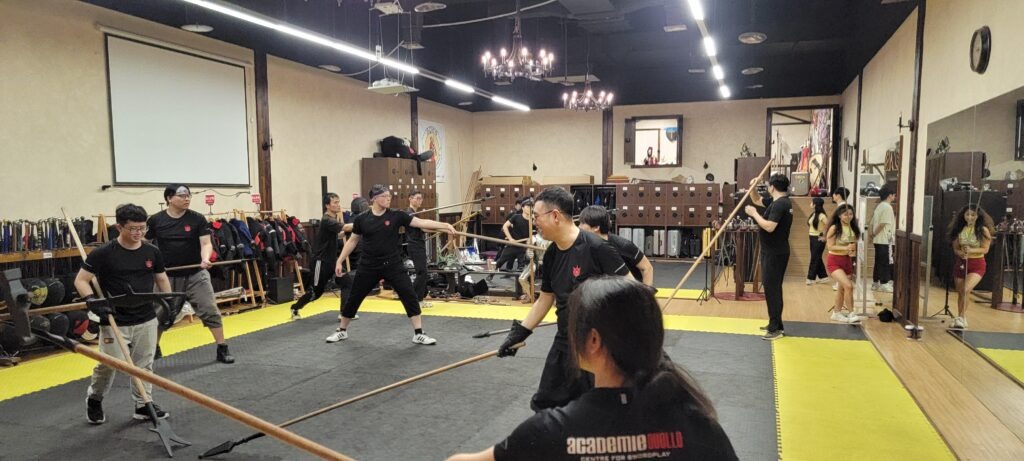
Beijing – Club: Beijing Shanhe Wushe
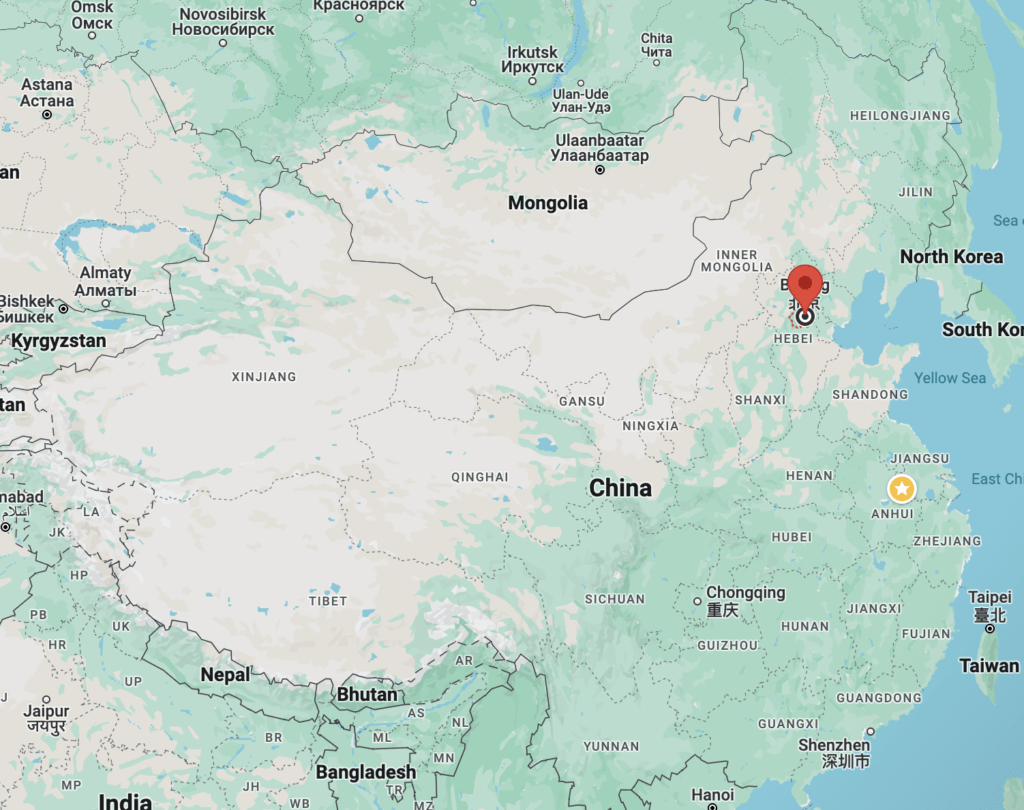
After we recovered from our night of hotpot, we got on a plane and flew to Beijing, China’s capital city. Joined for the last week of my trip by my partner Anneka, the three of us spent a couple days exploring downtown Beijing—William’s home town.
Beijing had a more cosmopolitan feel, blending its rich history with its current status as the center of China’s government. We explored both historical and modern sites including the Temple of Heaven, the 798 Art District, and the tightly packed Hutongs, residential blocks of alleys, shops, and restaurants you could only navigate on foot or by scooter. I loved the energy of these areas and how they mixed the history of Beijing’s oldest neighborhoods with the aliveness of the communities that live in them today.
After a couple days in Beijing we headed North of the city to the site of Expo 2019 and one of the venues for the 2022 Winter Olympics, and a continued centre for Chinese sporting activity—including my swordplay seminar.
Before getting in to teaching we made an excursion to the Badaling Great Wall. This section of the over 11,000 mile wall was packed with visitors. Featuring some of the walls highest points and steepest inclines it is one of the most popular sections to check out. After pressing our way through crowds scrambling to one of the highest towers, we found a circuitous route that took us around one tower and onto a section of wall that was nearly completely empty. It was humbling to walk several miles of wall up to the top of a rise where you could see it continue out in front of you to the top of the next ridge, then into a valley and over another peak, and then yet further following another crest and disappearing out of view. Absolutely worth visiting.
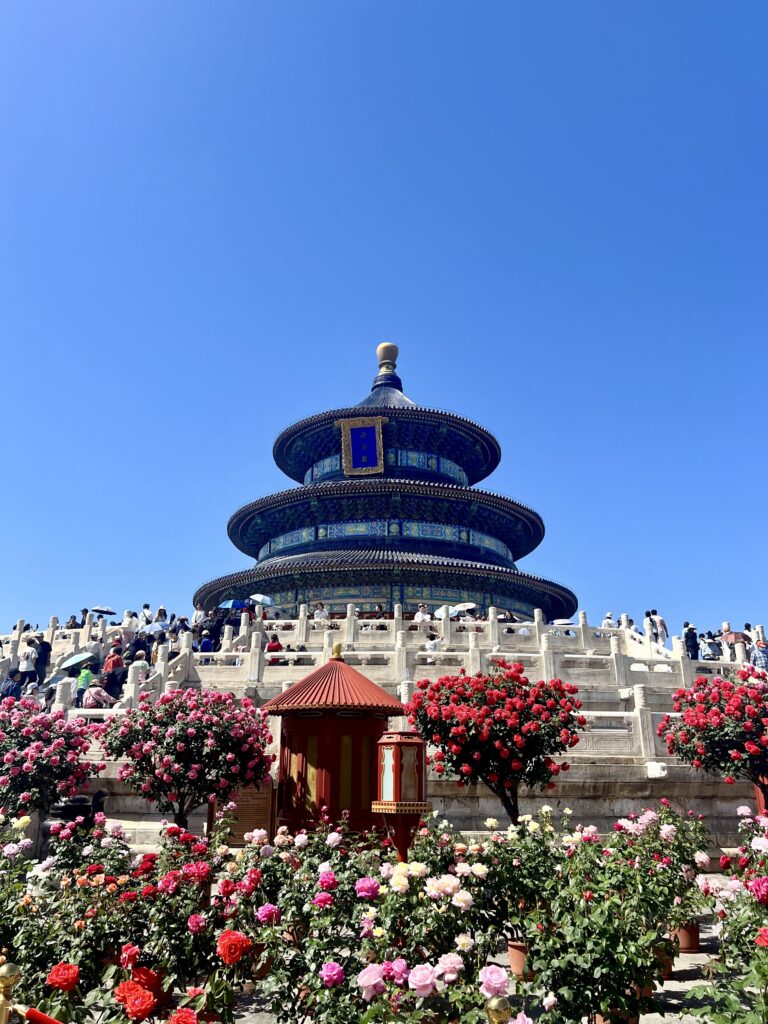
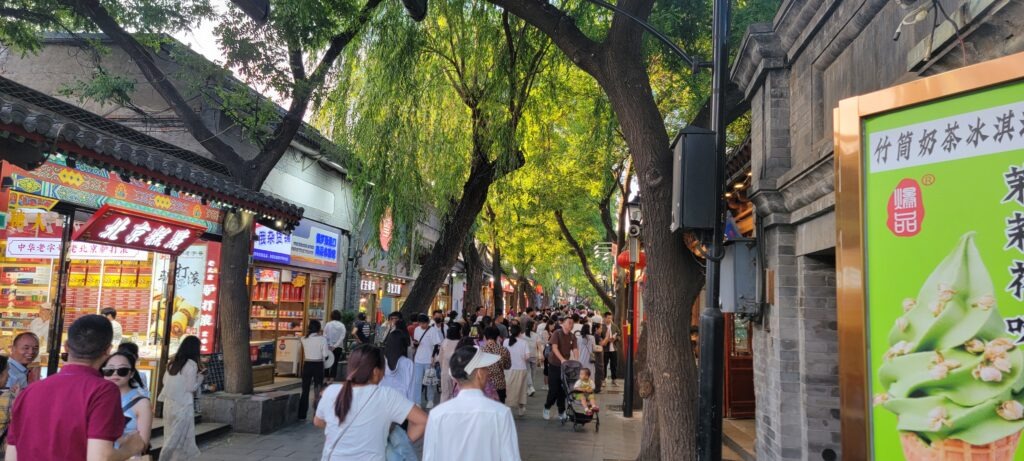
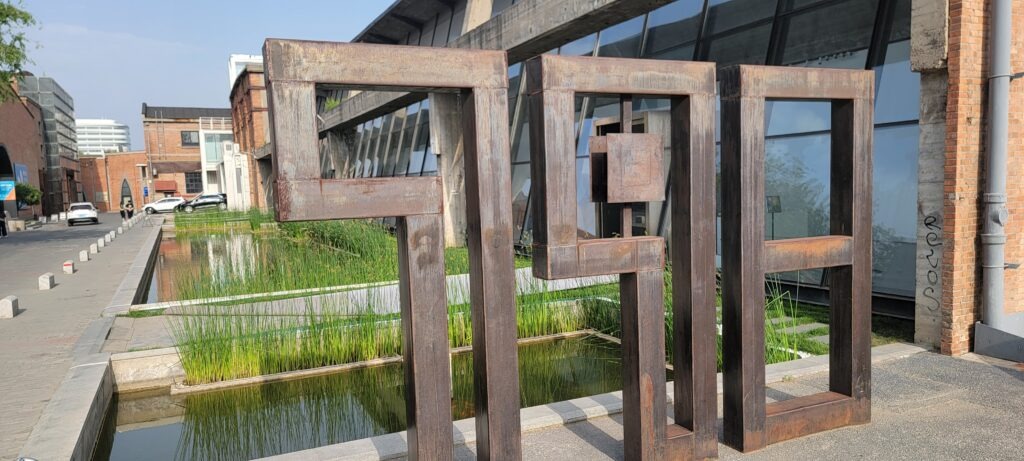
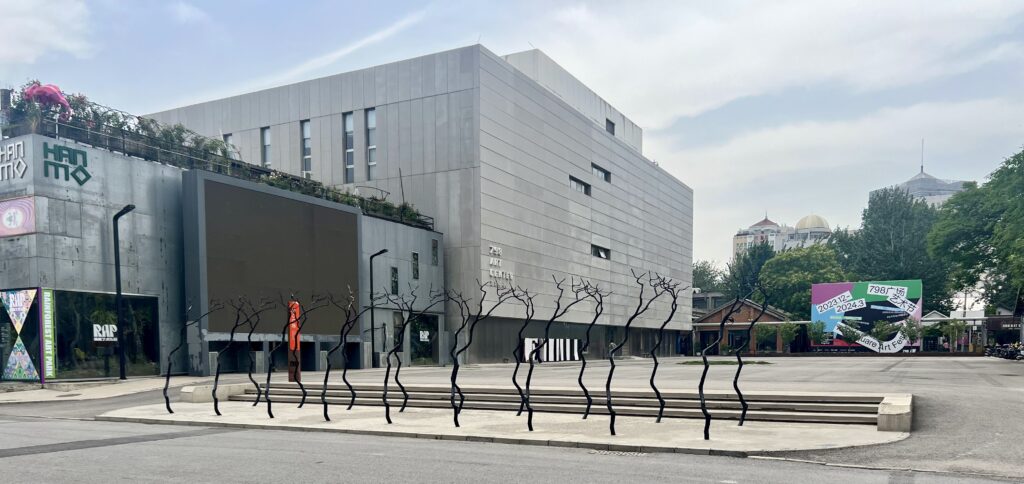
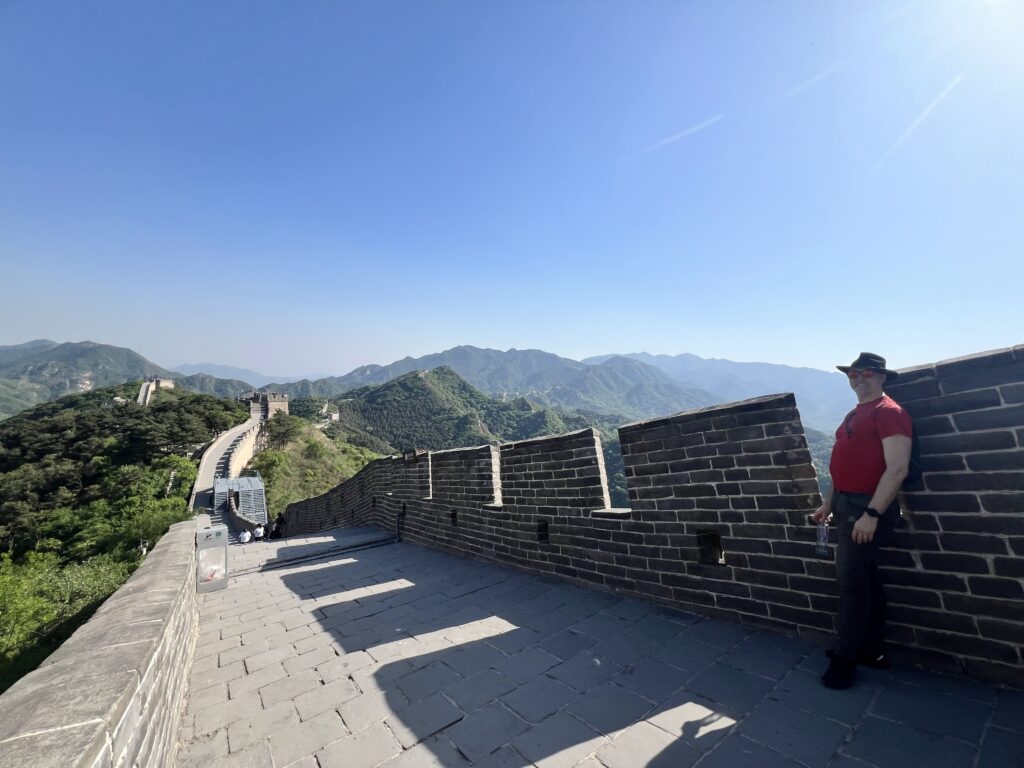
Rapier, Longsword, and Grappling
My final days of teaching were a delightful mix of longsword, rapier, and unarmed skills. My students were particularly keen to understand the relationships between these disciplines and how studying one could help inform their practice of another.
We got through a tremendous amount of material with a particular emphasis on control, tactics, and timing. I particularly enjoyed how humble and yet skilled the members of these group were, a testament to school owner Youchai.
We spent a chunk of both days working on throws and arm locks in unarmed grappling. Then exploring how these techniques could work with longswords, sideswords, and rapiers. This group really took to grappling—I think we could have spent a whole workshop just on that!
At the end of the workshop I spent time fencing at longsword with TB, who has been studying Duello Armizare through Yingbao in Fujian. It is a special thing to cross swords with a student of my system who has learned it through a chain of teachers and students (Me to Sihong to Yingbao to TB). I was impressed with his capacity to work through sequences of action in the true fight, controlling, probing, recovering, and seeking to strike in tempo and with cover. I’m looking forward to seeing where he takes his practice next.
This whole group was enthusiastic, humble, and hard working. They would spend a day training with me and then spar and practice into the night only to get up the next day and do it again. I’m looking forward to coming back!
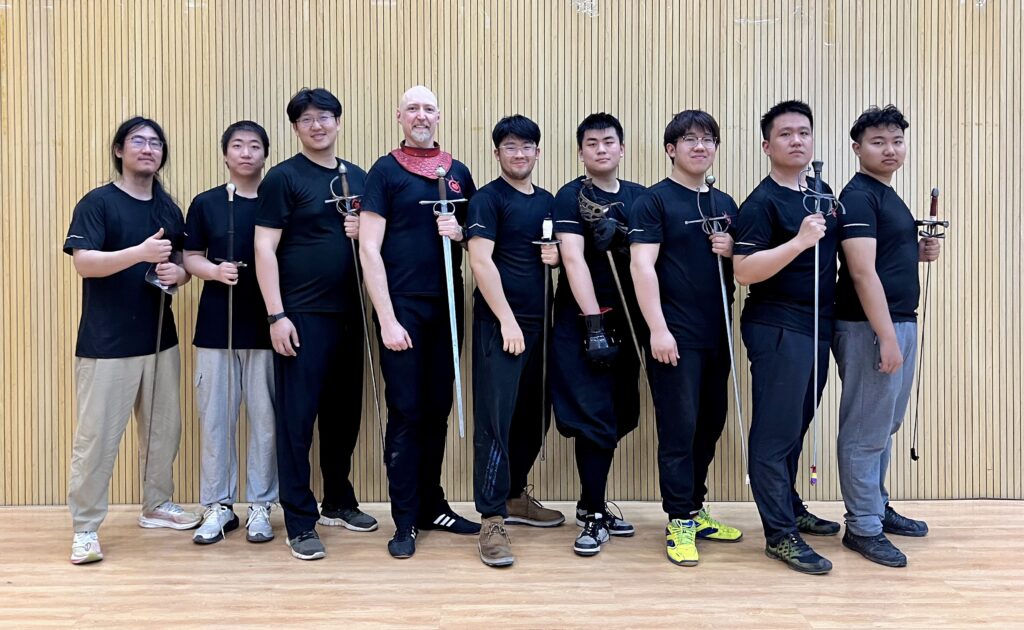
A Cultural Exchange
All told I was in China for 24 days. It was a whirlwind tour with so many people, places, and experiences. I feel richer for my time in China and honoured to be able to share the arts that I love with so many enthusiastic practitioners.
As I have mentioned in other posts, my own martial arts journey started with Chinese martial arts. It is a special thing to be able to return that exchange of cultural knowledge by bringing martial arts from my Italian heritage to people in China who are intrigued about far-off cultures in the same way that I was.
The main thing I wanted to share with the Chinese HEMA community was to broaden their understanding of the art of arms as a whole. There are some great competitors in China who are digging deep into single disciplines like longsword and rapier. My goal was to link them with other disciplines to help them understand how their practice of a single weapon could be expanded and deepened through understanding the martial arts across disciplines.
I also wanted to help them understand the art of arms as a system. A method for identifying and solving martial, and in some cases non-martial problems. Martial art is not just a fun way to compete its also a powerful way to explore and build our own physical and mental capacities while connecting with others in supportive community. Everyone can become stronger, more graceful, and more confident by learning to fence, grapple, and flow.
I was pleased by how deeply this was received by my students in China and I look forward to seeing where their journeys have brought them when I circle my way back around.
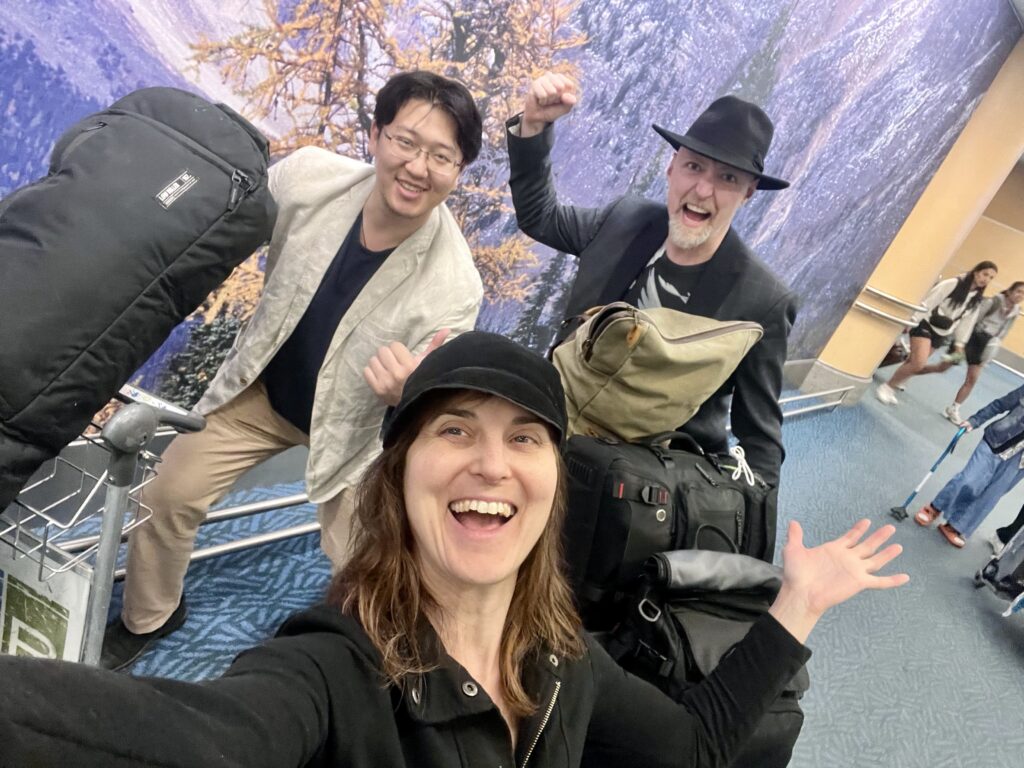
My Next Visit to China
My Chinese adventure isn’t over yet. I’ll be returning for the last two weeks of July to teach a seminar in Xiamen on longsword and rapier followed by a series of workshops in Taipei on Rapier, Sidesword, and Italian stick.
You can learn more about the Xiamen workshops by scanning this QR code with WeChat:

Taipei seminar information can be found through the Aquila Famosa facebook page here and registration post here.
